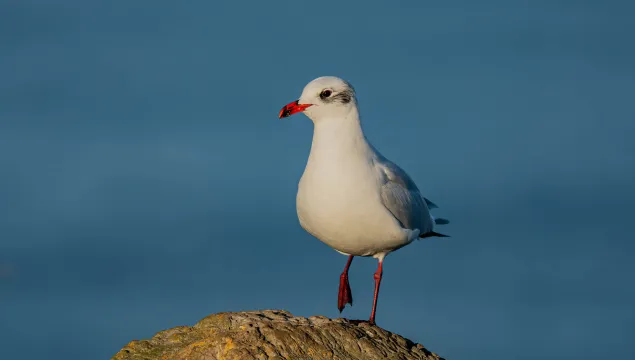
Mediterranean gull
Once a rare visitor to the UK, this striking gull is now found nesting here in large colonies.

Once a rare visitor to the UK, this striking gull is now found nesting here in large colonies.
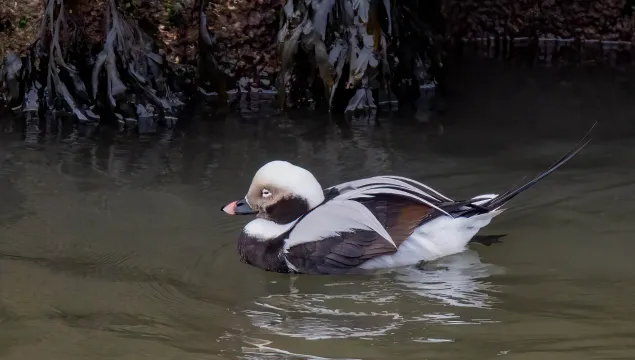
This dainty seaduck is a winter visitor to our coasts, particularly in northern and eastern Scotland.
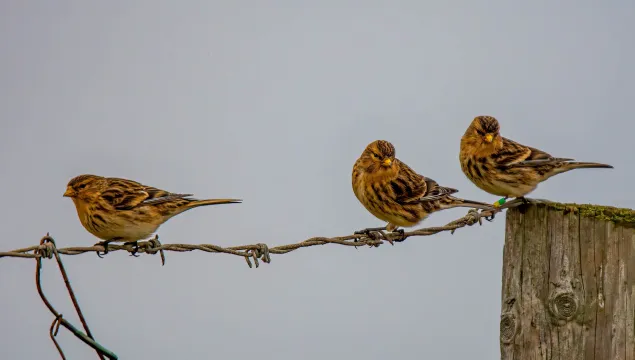
This small finch nests on moorlands and coastal crofts, spending the winter on the coast. The UK population has declined dramatically.
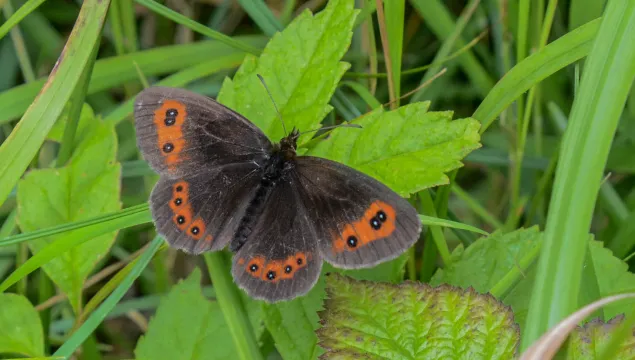
As the name suggests, this beautiful brown butterfly is most common in Scotland, though it can also be seen in northern England.
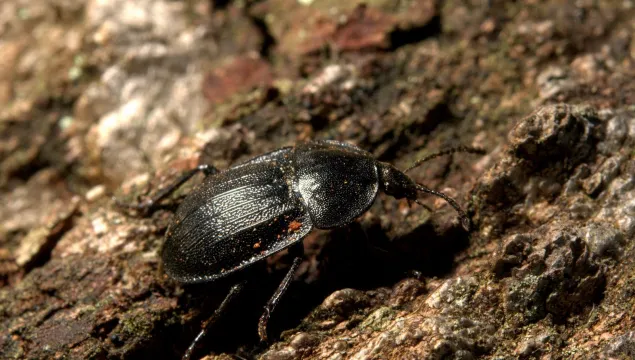
This shiny beetle is common in wooded areas throughout the UK. As the name suggests, it specialises in hunting snails.
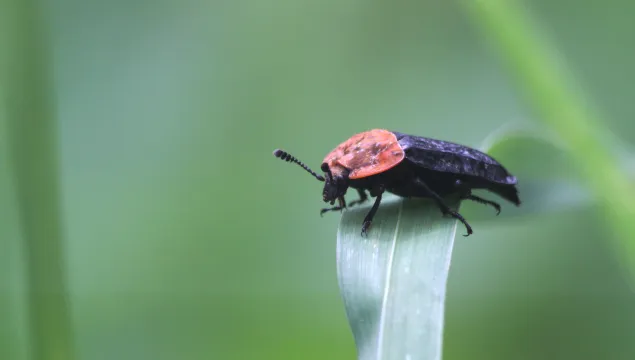
These distinctive beetles are often found around dead birds and small mammals.
The fly-shaped flowers of this fascinating plant are attractive to insects - but not the ones you might expect!
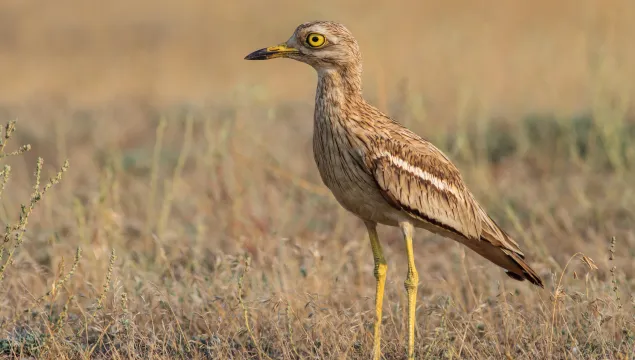
Stone curlews are unusual waders with large yellow eyes - perfect for hunting beetles at night.

Also known as the two-coloured mason bee, this beautiful bee is famous for nesting in old snail shells.
This unassuming orchid is easily overlooked. It is found patchily across the UK, but has been declining for decades.
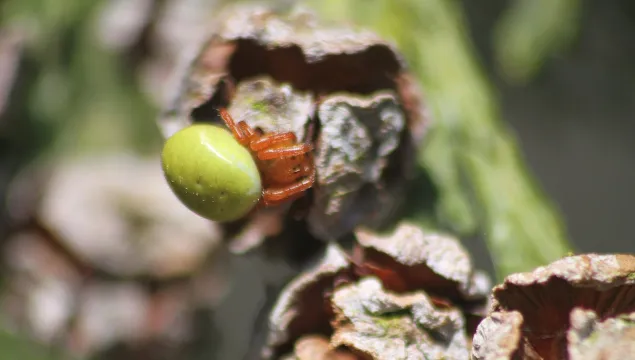
There are several species of cucumber spider, recognised by their bright green abdomen.
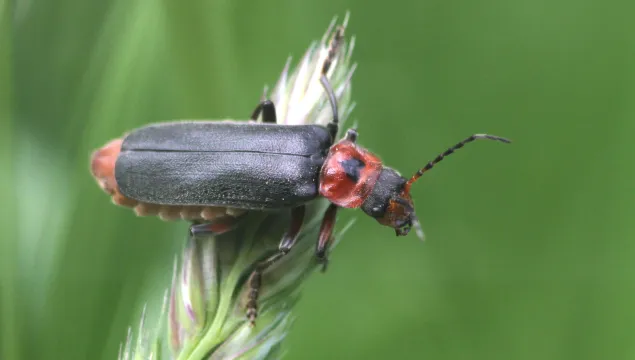
One of our largest soldier beetles, often found on flowers where they hunt other insects.